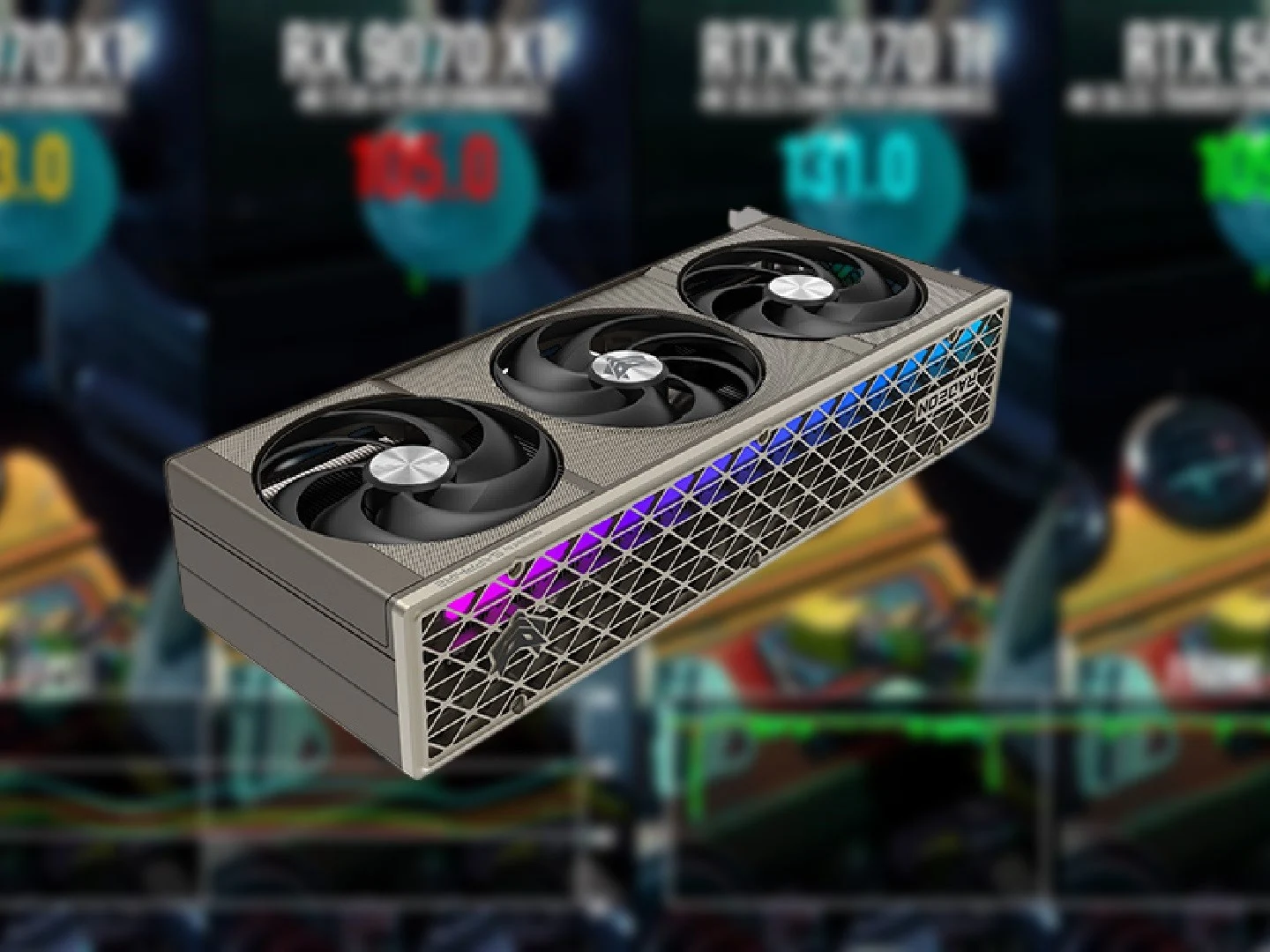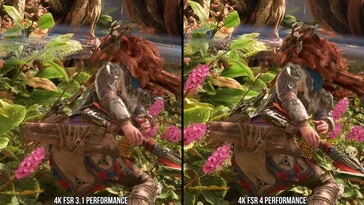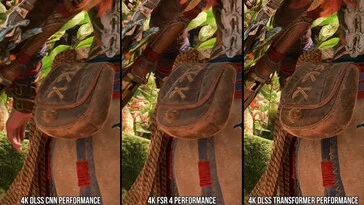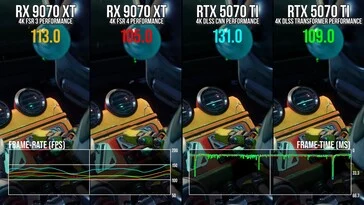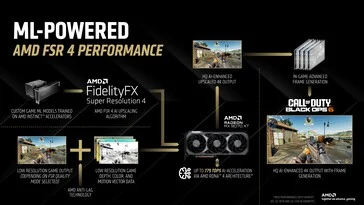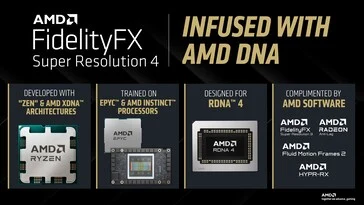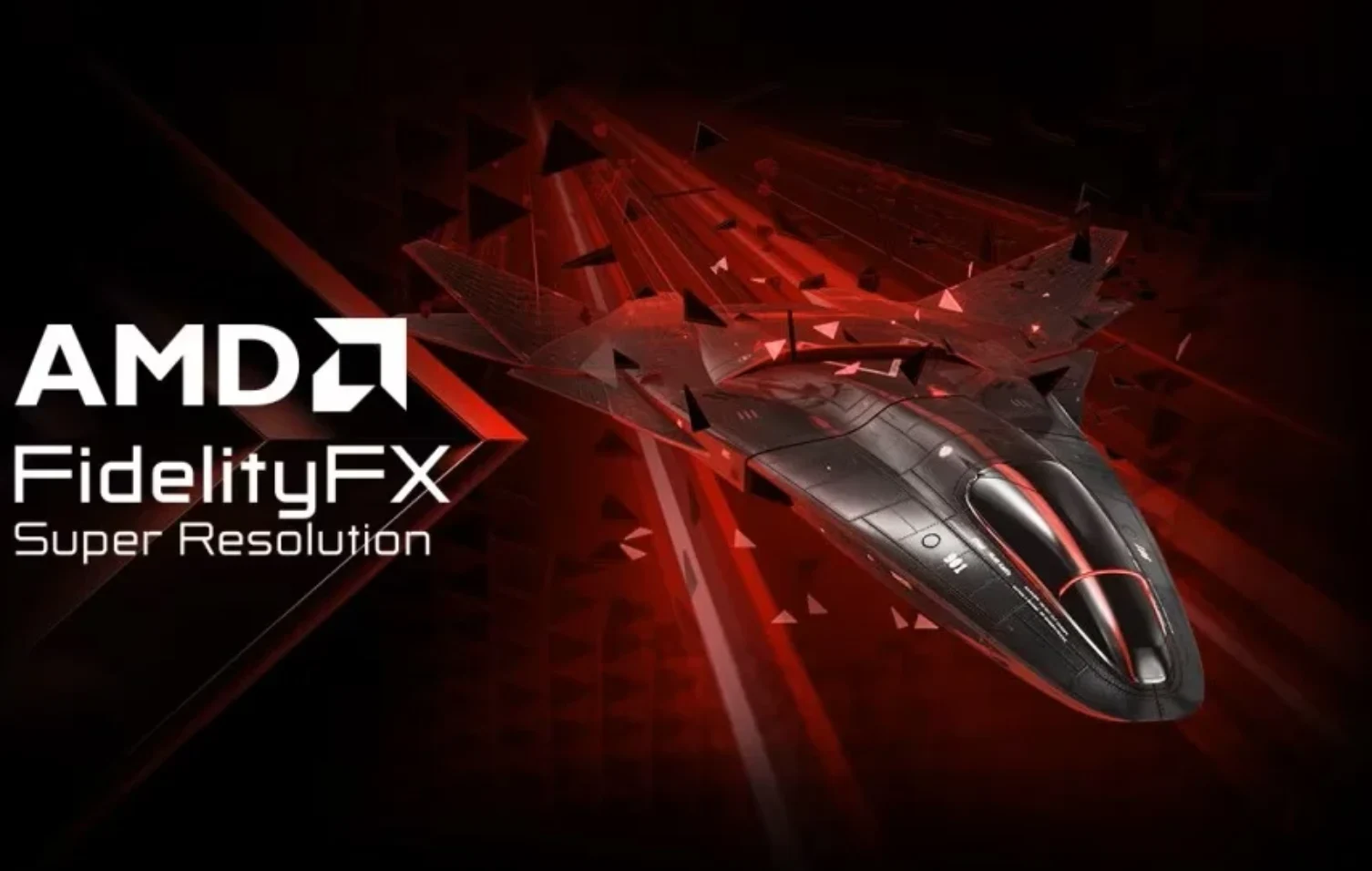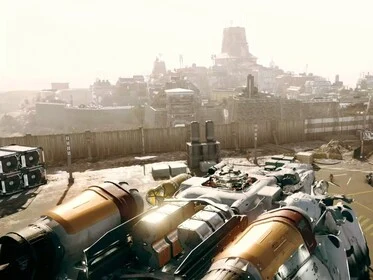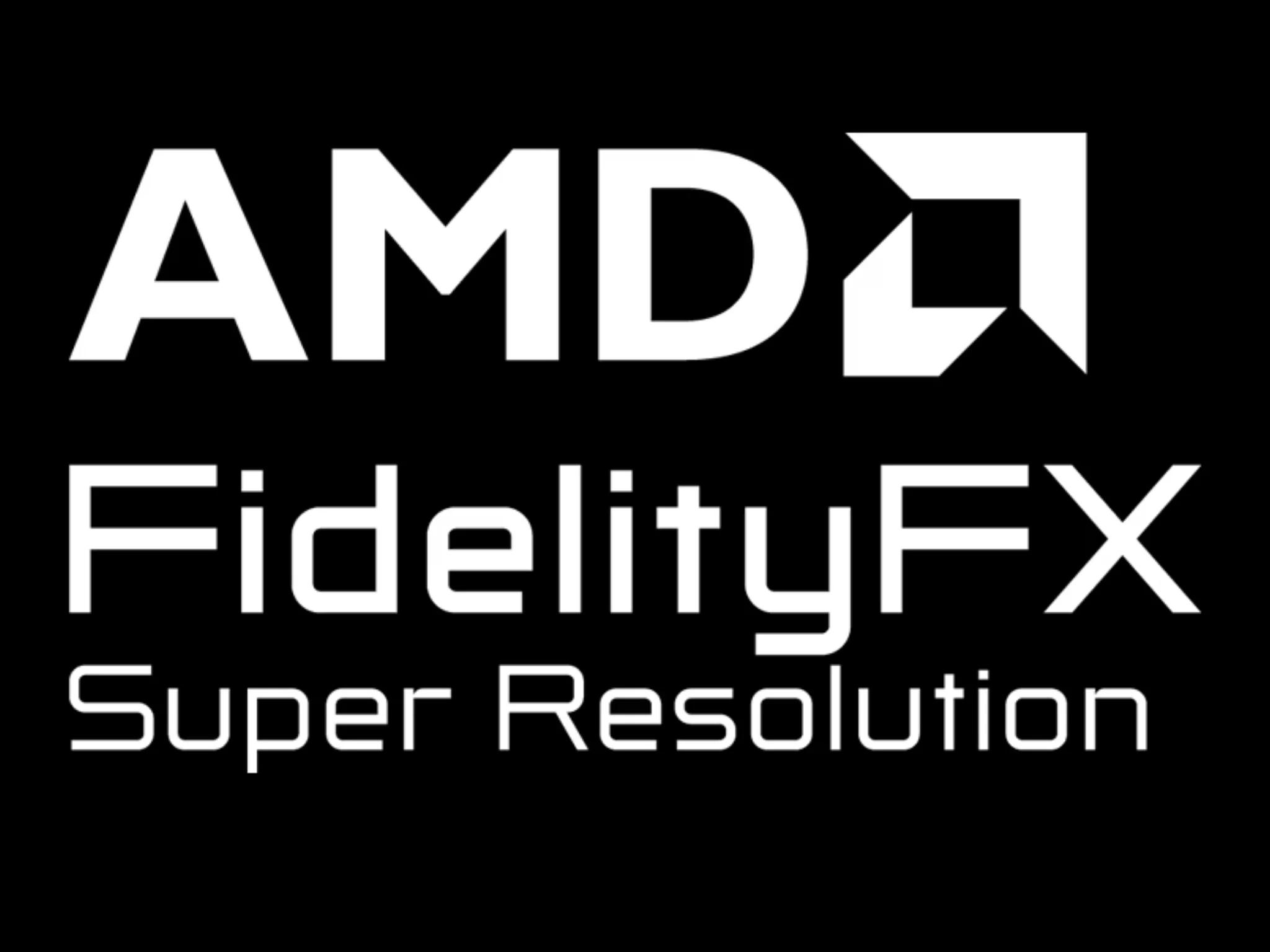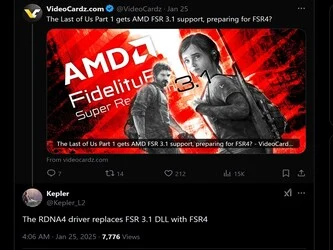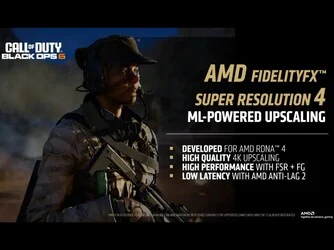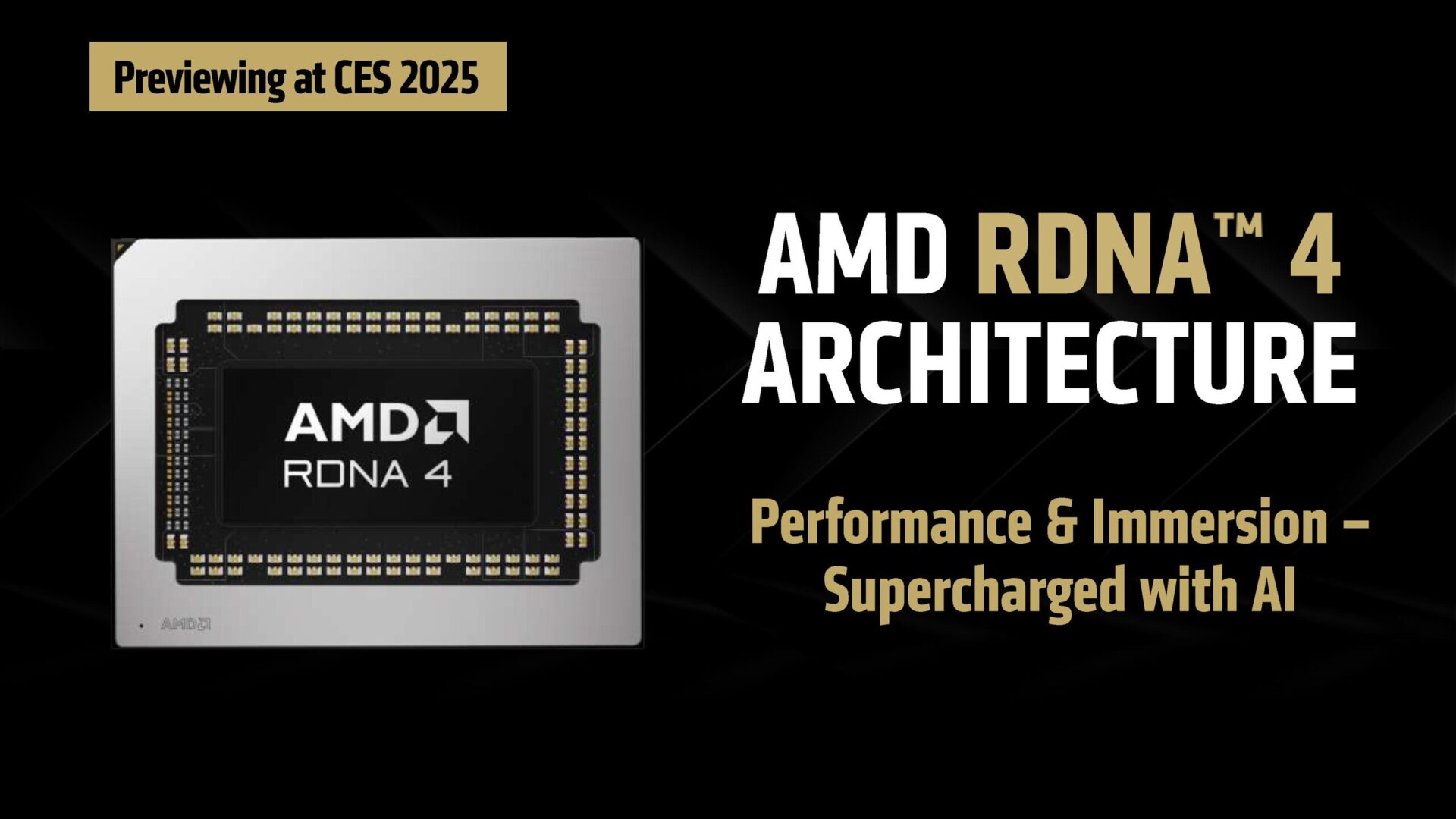Key Takeaways
1. RDNA 4 architecture is confirmed to be exclusive to desktop discrete GPUs, with no application in mobile discrete GPUs or Zen 6 iGPUs.
2. Upcoming Ryzen APUs, including Medusa Halo and Medusa Point, will utilize the older RDNA 3.5 architecture instead of RDNA 4.
3. The Medusa Halo iGPU is expected to offer a significant performance boost, potentially up to 50% over the Strix Point 8060S iGPU.
4. Despite the limitations of the Zen 6 iGPUs, AMD’s FSR 4 technology may still be adapted for older hardware, including devices with RDNA 2.
5. FSR 4 could become compatible with older devices like the Valve Steam Deck and the original AMD Ryzen Z1 Extreme after optimizations.
AMD previously mentioned that the RDNA 4 GPU architecture, which powers the impressive Radeon RX 9070 and RX 9070 XT GPUs, wouldn’t be applied to mobile discrete GPUs. However, it now appears that RDNA 4 will be limited to desktop discrete cards, with even the upcoming Zen 6 iGPUs not receiving an upgrade to RDNA 4.
RDNA 4 Confirmed for Desktop Only
A recent update to AMD’s GPUOpen driver code on GitHub, brought to light by @Kepler_L2 on X, reveals that RDNA 4 is marked as “dGPU only.” This effectively reinforces earlier speculations that RDNA 4 will not be included in future iGPUs for the Zen 6 Medusa Halo or Medusa Point APUs. Instead, it appears that these forthcoming Ryzen APUs will utilize RDNA 3.5, as previously reported. Even with this reliance on what may seem outdated hardware, rumors suggest that the Medusa Halo iGPU could deliver up to a 50% performance improvement over the Strix Point 8060S iGPU found in the AMD Ryzen AI Max+ 395 APU, which is already a powerful iGPU.
Impact on Gaming Experience
While this news might be disheartening by itself, it has broader implications for gamers using current or future AMD iGPUs. The Zen 6 iGPUs sticking to an older GPU architecture adds to the growing evidence that, despite AMD’s statements, it will eventually port its new FSR 4 technology. A recent interview by Digital Foundry with Eurogamer suggested that some version of FSR 4 could run on the PS5 Pro, which is built on RDNA 2 hardware. This implies that FSR 4 could also be compatible with standard consumer-grade PCs that support RDNA 2 and earlier.
Possible Compatibility with Older Devices
This means that, after some optimizations, FSR 4 might be adapted for devices as old as the Valve Steam Deck and the original AMD Ryzen Z1 Extreme, which can be found in products like the Asus ROG Ally X (currently priced at $799.99 at Best Buy).
Source:
Link



